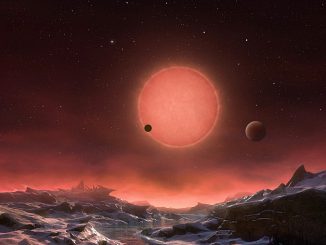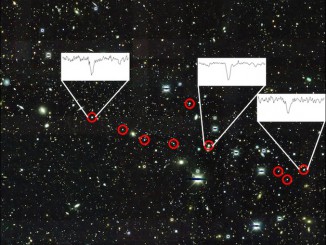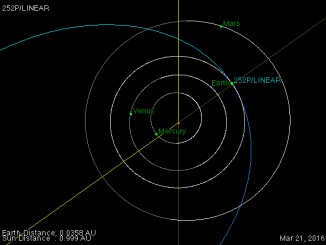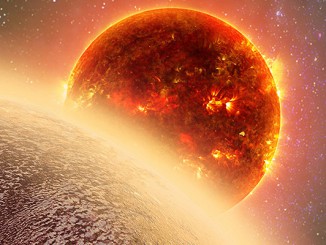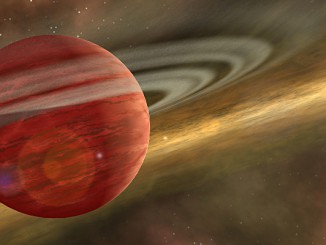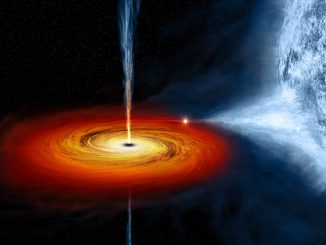
New algorithm could construct first images of black holes
Researchers from MIT and Harvard University have developed a new algorithm that could help astronomers produce the first image of a black hole. The algorithm would stitch together data collected from radio telescopes scattered around the globe in an international collaboration called the Event Horizon Telescope. The project seeks, essentially, to turn the entire planet into a large radio telescope dish.

